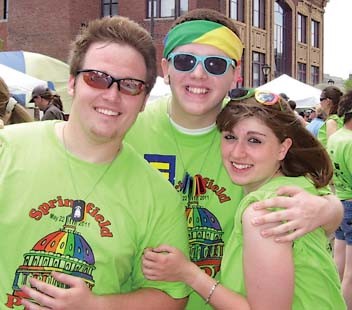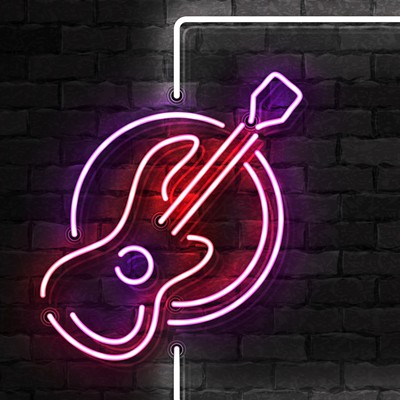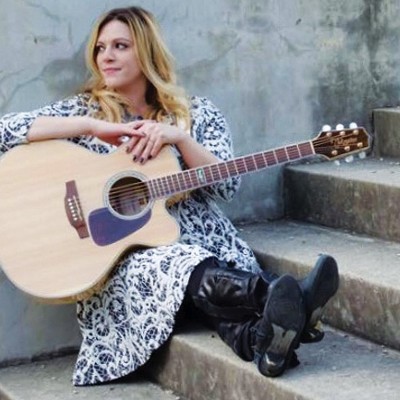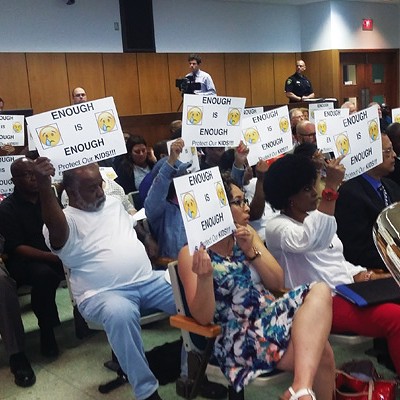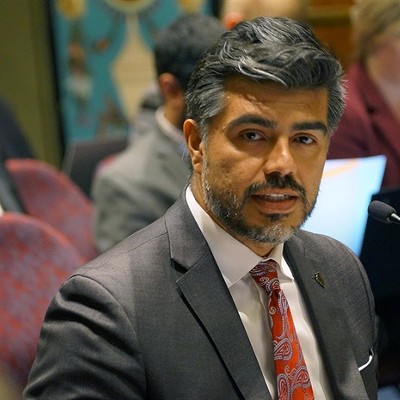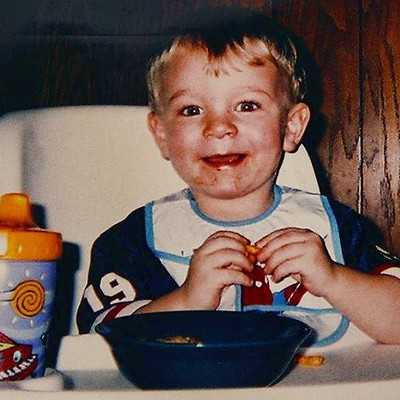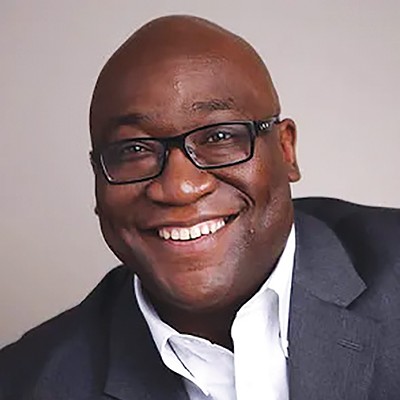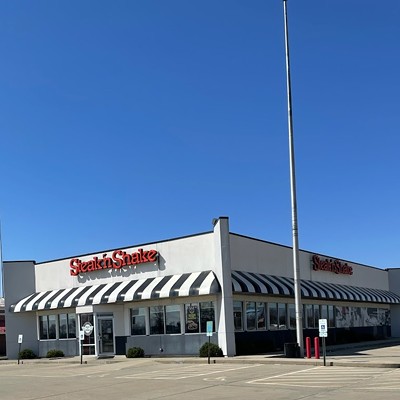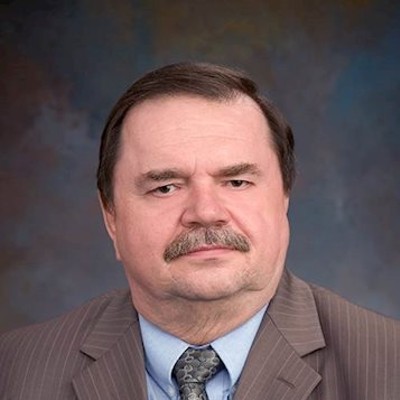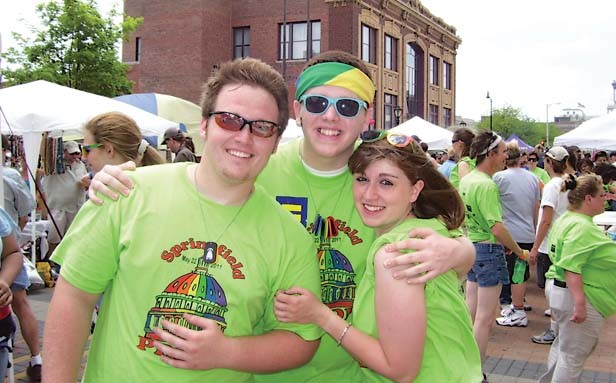
Don’t-ask-don’t-tell is gone. Civil unions are the law of the land in Illinois. The president, who three years ago declared June to be Lesbian, Gay, Bisexual and Transgender Pride Month, says gay marriage is fine by him. The U.S. Supreme Court has struck down homophobic sodomy laws.
So what’s the point of PrideFest?
“We just look at it as a day of celebration,” says Jonna Cooley, executive director of the Phoenix Center who is a lead organizer of Springfield’s second annual gay pride festival.
A generation ago, gay pride festivals across the nation, the handful that existed, were tinged with angst and activism as the nation’s attitude toward gays ranged from fire-and-brimstone bigotry to a plethora of “yes, but’s.” Complicating matters was an unchecked disease that was killing thousands of gay men and fueling fear. Gay people were strangers in the midst for much of heterosexual America.
“Homosexuals are doctors, lawyers, teachers, auto mechanics, real estate salesmen and laborers,” intoned the San Diego Union in a 1984 exposé headlined “Gays Aren’t Afraid and May be a Force.” “Although Hillcrest is considered a gathering spot for gays, they live in every neighborhood of the city, from La Jolla to Paradise Hills, from Point Loma to Lake Murray.”
Such widespread gay-ness has, of course, always been the case. It’s just that we didn’t want to talk about it or imagine it, and if we were, in fact, it, well, we kept that to ourselves.
No longer.
Last year’s PrideFest drew an estimated 2,000 people to downtown Springfield, so many that folks stood shoulder-to-shoulder in the street when Sangamon County Board member Christopher Boyster and Ward 6 Ald. Cory Jobe, two openly gay local elected officials, cut a ribbon to open festivities.
That Boyster and Jobe are gay wasn’t, apparently, a big deal for voters who put them in office or for local media, which didn’t report their sexual orientation until after they were in office and their groundbreaking achievements were noted by Chicago media.
There was a smattering of gay-rights demonstrations during the 1960s, but gay-pride observances didn’t take off in the United States until after the Stonewall riots of 1969, when gays, fed up by police raids of bars simply because the clubs catered to homosexuals, rebelled in the streets of New York. Gay pride events took place in a handful of cities, including Chicago, the following year to mark the anniversary, and observances soon spread throughout the nation.
What took Springfield so long?
“That’s a very good question,” Jobe says.
Cooley thinks it was a simple matter of no one taking the time to organize an event. Last year’s inaugural event felt historic, says Cooley, who was hoping to draw perhaps 500 people.
“The whole day at the event, I walked around with my mouth open,” Cooley says. “I couldn’t believe how many people came.”
Saturday’s event on Capitol Avenue between Fourth and Sixth streets starts at noon and will have three times as much space as last year’s celebration. There will be food, music, crafts and activities for children.
In Seattle, where gay pride events have been held since the 1970s, some question the point.
“The only way to be truly and finally free of stultifying shame is to break free of equally stultifying (if better accessorized) pride,” wrote Dan Savage, a gay Seattle journalist, in a 1999 column. “Instead, American gays and lesbians act like cancer patients who, having been cured, remind themselves that they aren’t sick anymore by dropping by the hospital every once in a while for a little chemotherapy. … Gay isn’t good – and it isn’t bad. Gay just is.”
Cooley and Jobe, however, agree that gay-pride events promote understanding and help educate the community. Cooley says that non-heterosexuals are often targets of bullies, and gay teens have a high level of suicide. Isolation and depression are also problems, she says.
“We still have a long way to go before we deal with some of those issues that cause so much individual strife,” Cooley says.
Contact Bruce Rushton at [email protected].

